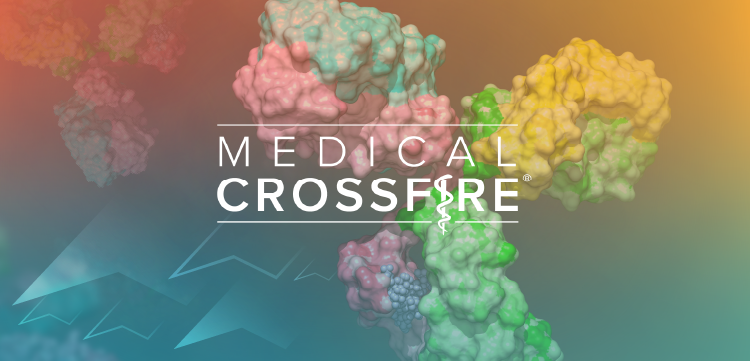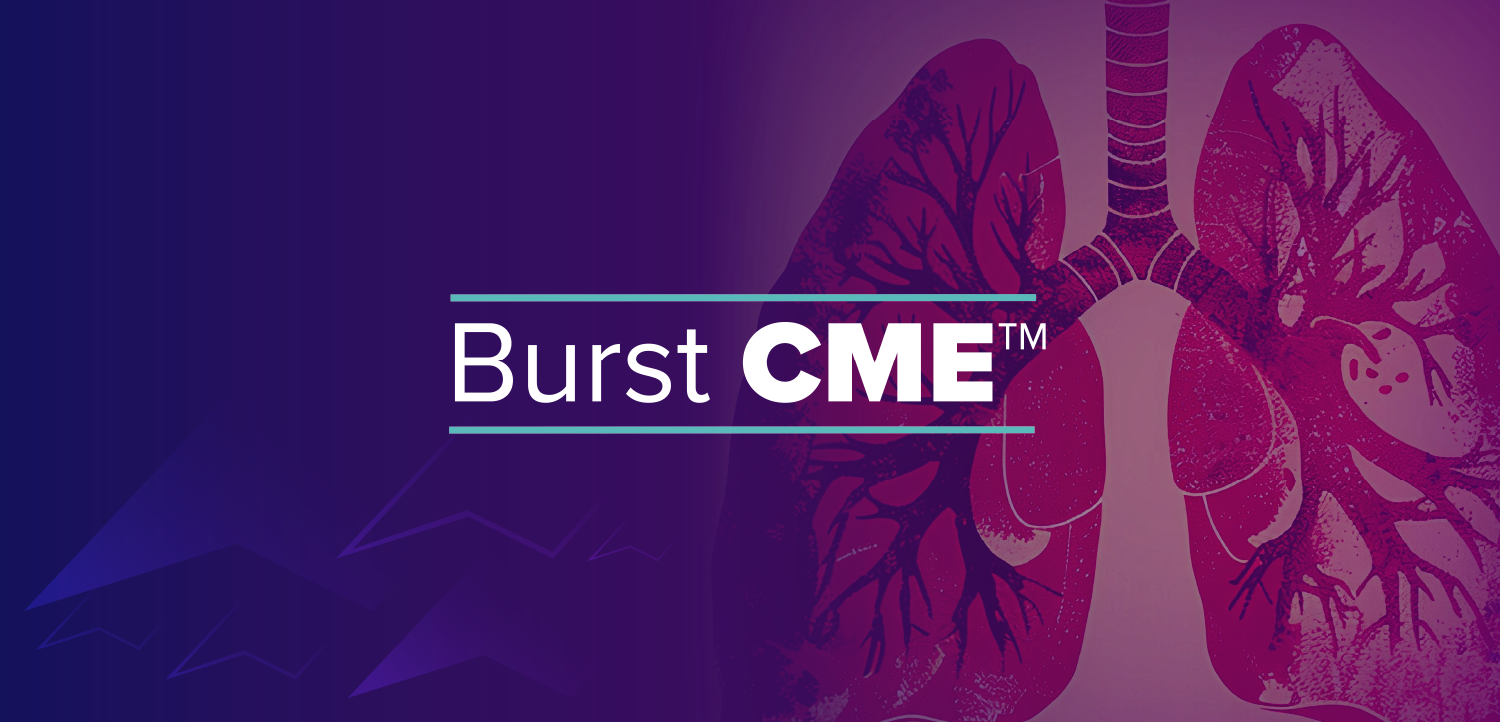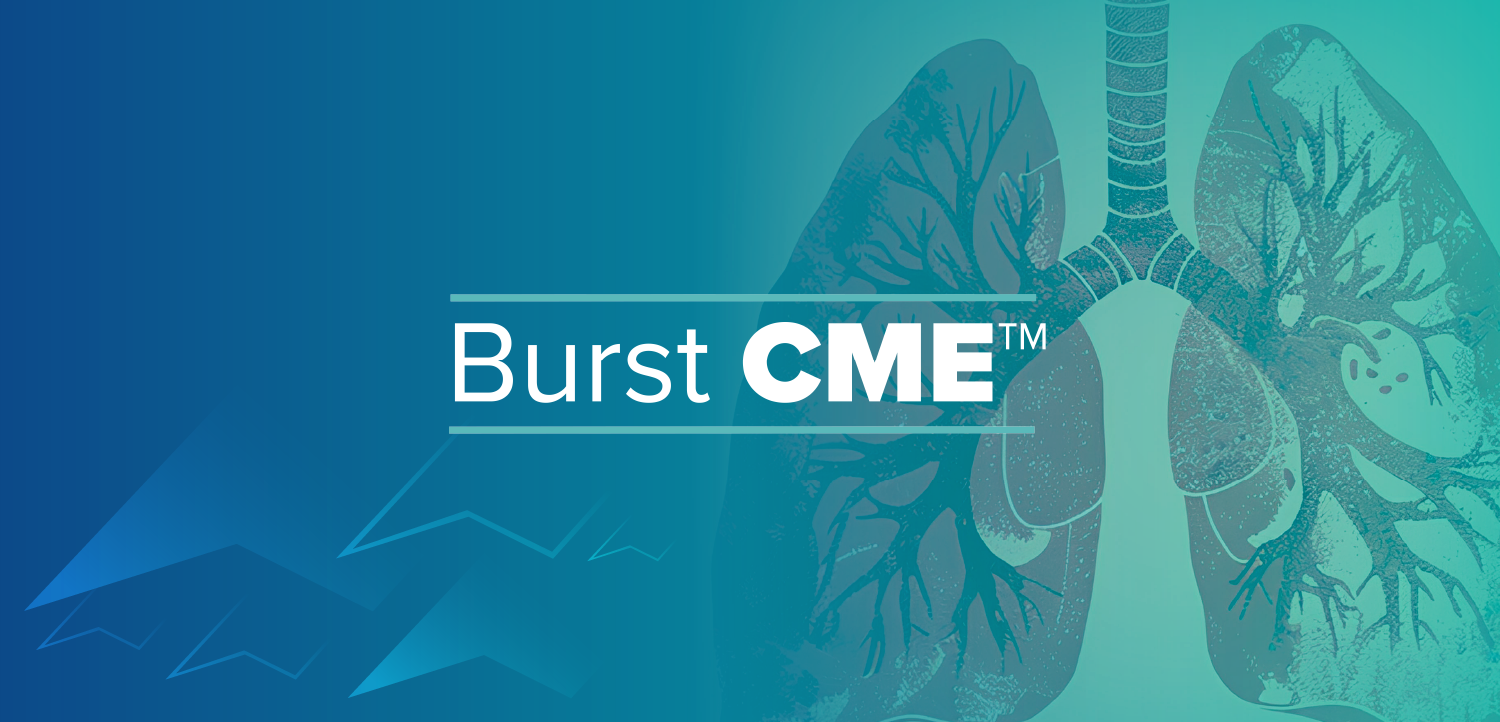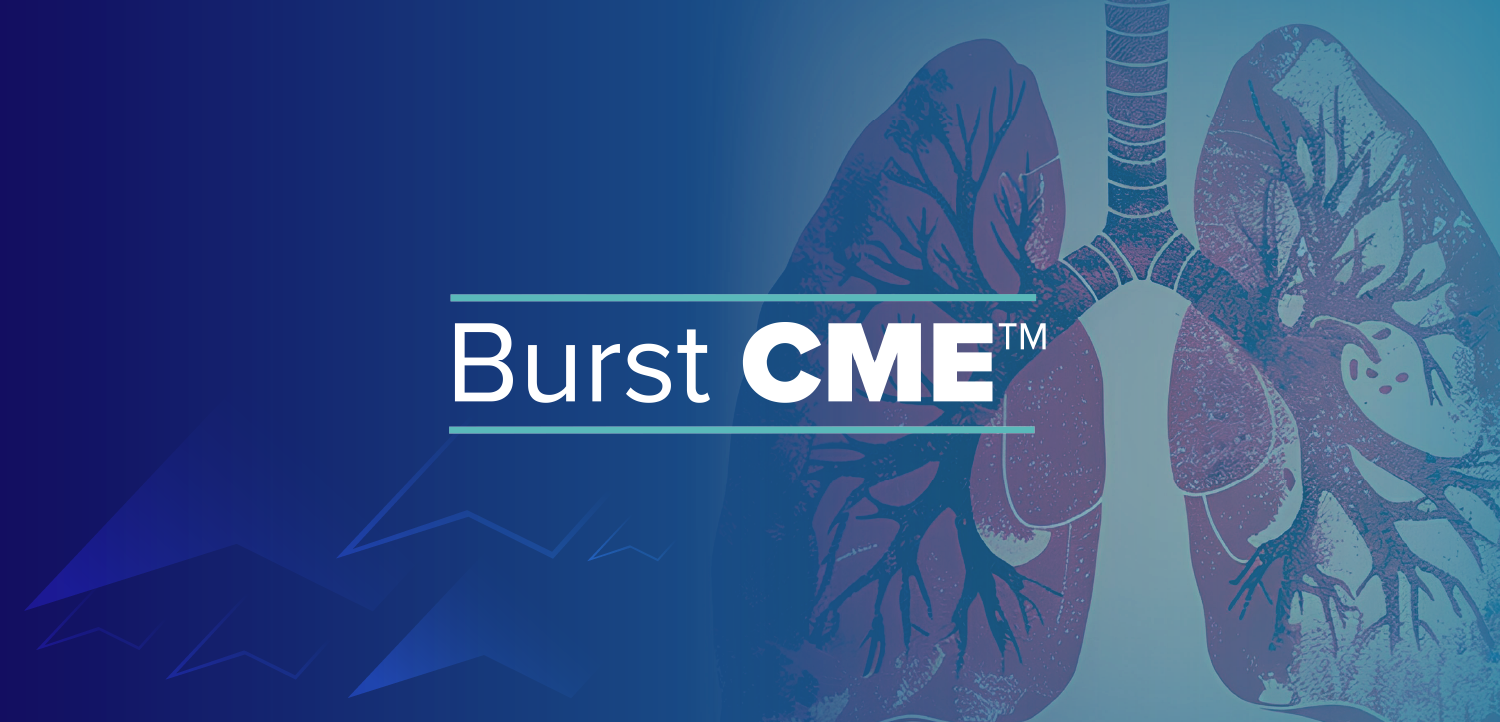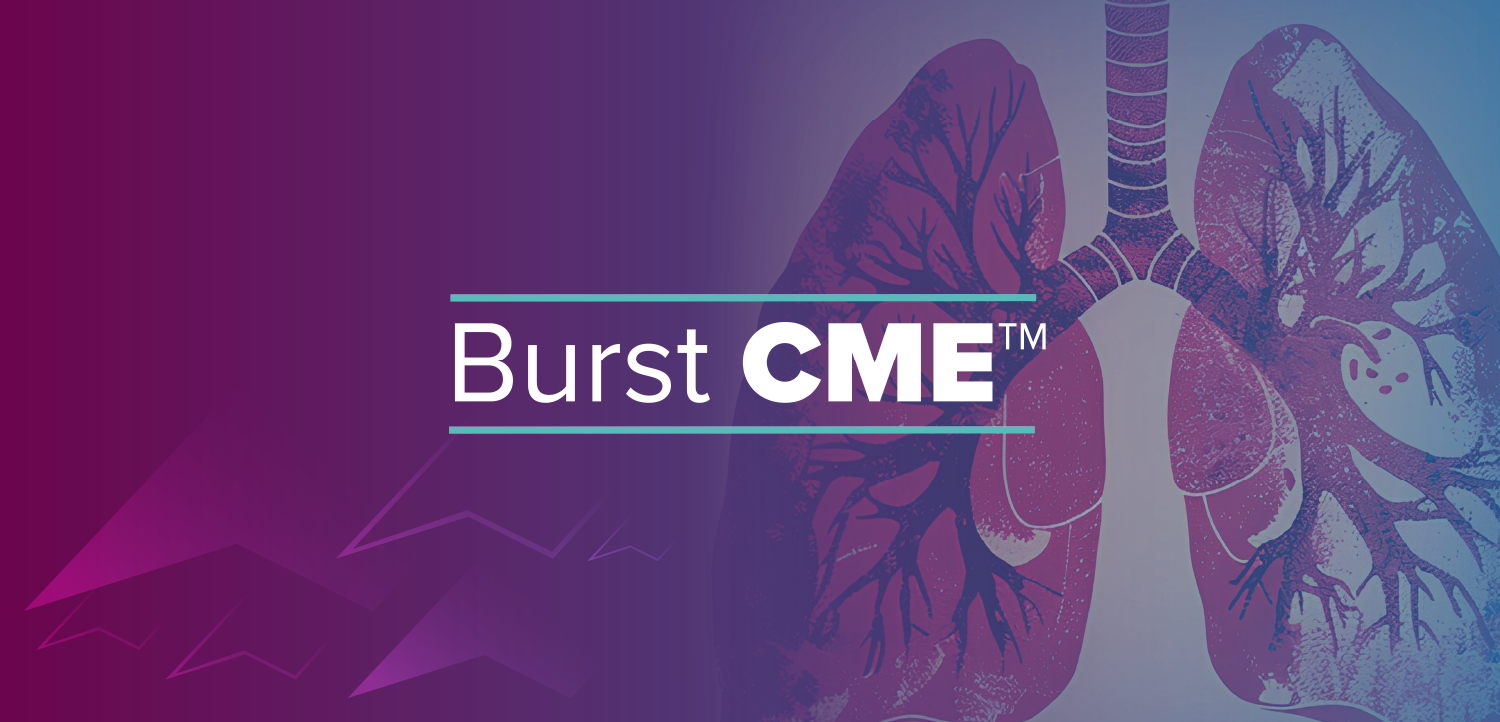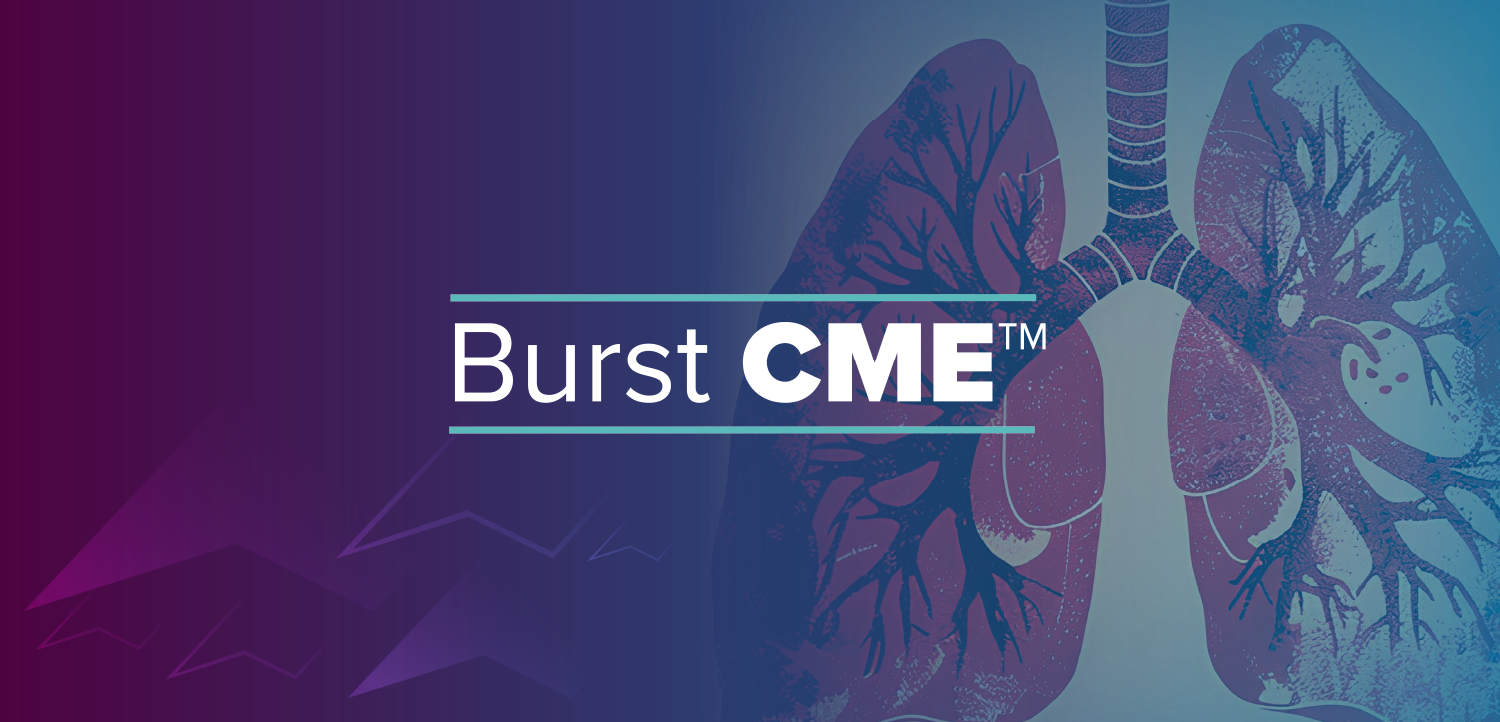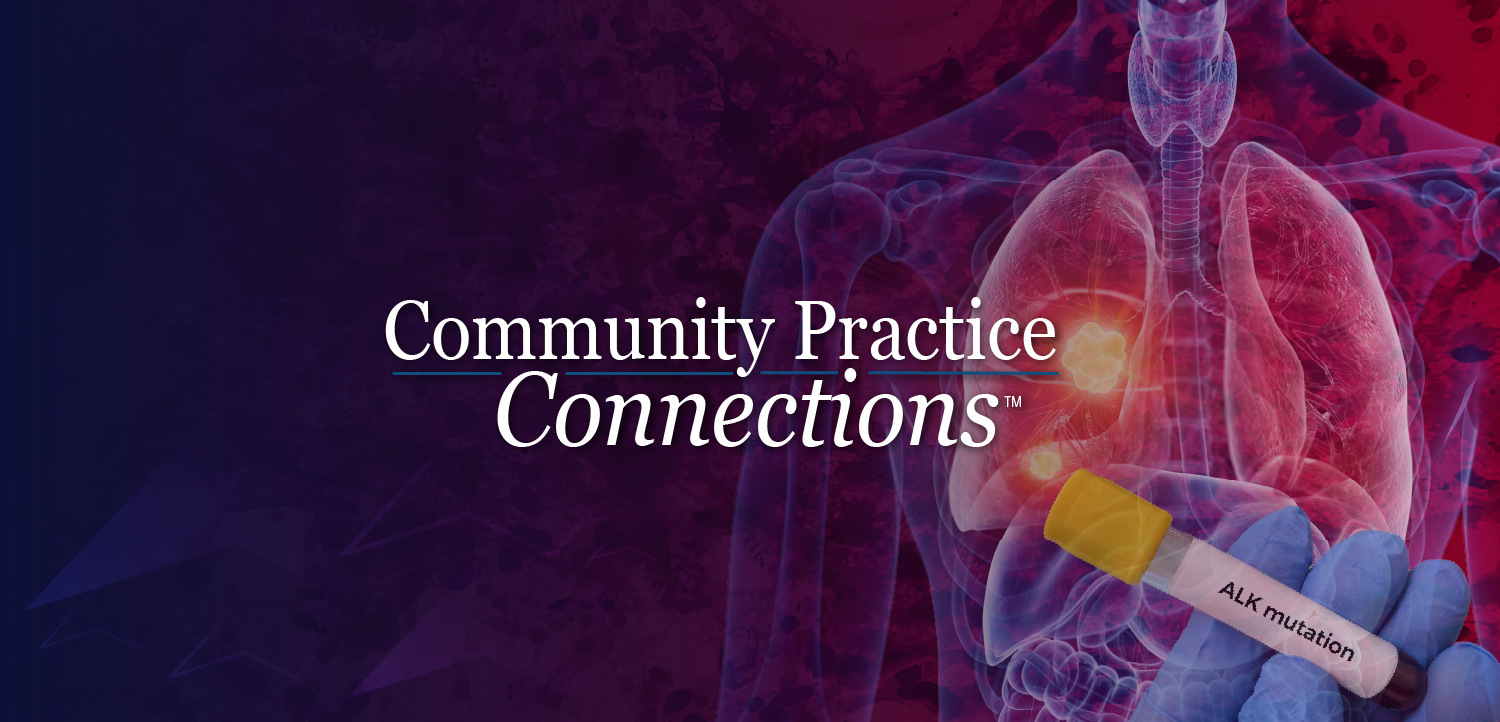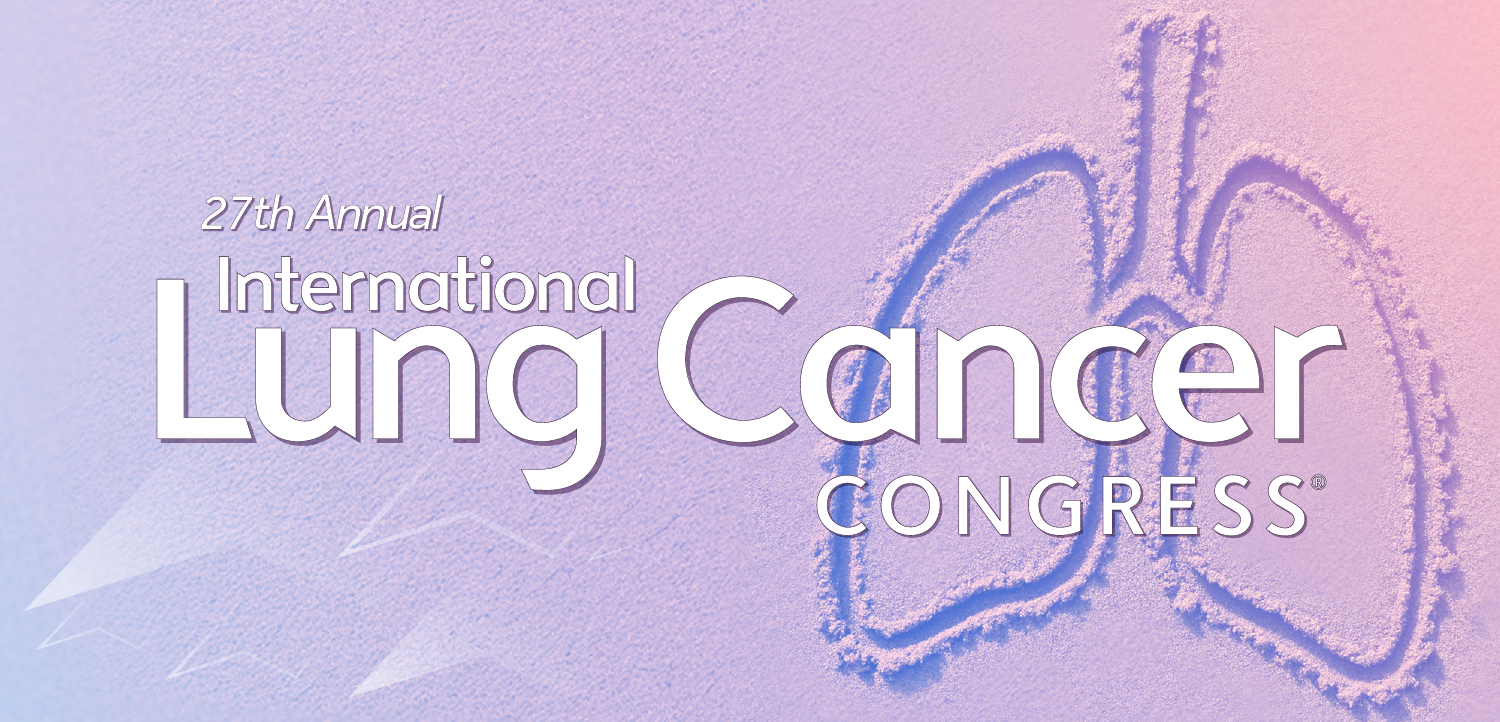
- MHE February 2024
- Volume 34
- Issue 2
RAND Study Finds Evidence of Upcoding by Hospitals
Two-thirds of high severity likely due to upcoding, according to a RAND study of hospitalizations in five states.
Upcoding is one of the biggest bones of contention between U.S. payers and providers, which in this context are mainly hospitals. Payers say providers upcode to higher severity levels with little, if any, medical justification as a way to increase payment levels. Providers counter that the patients that they are taking care of are sicker and that coding at a higher severity is warranted.
In this back-and-forth, the results from a
Daniel Crespin, Ph.D., M.S.P.H., a policy researcher at RAND and lead author of the study, and his colleagues had access to hospital inpatient databases prepared by the Healthcare Cost and Utilization Project for Florida, Kentucky, New York, Washington state, and Wisconsin.
They found that the discharges with the highest severity level increased from 17.2 per 1,000 population in 2011 to 24.2 per 1,000 population in 2019, a 41% increase. When they factored in patient characteristics, length of stay and hospital characteristics, they estimated that the increase would have been just 13%. Put another way, Crespin and his colleagues found that only one-third of the increase in severity could be explained by “observable” discharge and patient and hospital characteristics, and that the remaining two-thirds could be chalked up to upcoding.
The RAND researchers calculated that payments to hospitals associated with upcoding reached $40.6 billion in 2019, which works out to be 1.1% of all U.S. healthcare payments. Medicare payments associated with upcoding came to $11.6 billion in 2019, which the researchers noted is approximately the same as the Medicare Payment Advisory Commission’s estimate of the upcoded health-risk payments to Medicare Advantage plans that same year.
The results from this RAND study were were published in early December 2024 in Health Affairs.
Articles in this issue
almost 2 years ago
Update on Demodex Blepharitisalmost 2 years ago
Weathering the GLP-1 Stormalmost 2 years ago
A Conversation with Don Hall, M.P.H.almost 2 years ago
Medical Records Can Be Messy. One Company Says AI Can Bring Clarityalmost 2 years ago
Meet the Superstars of Aging: Centenariansalmost 2 years ago
mRNA Vaccine MomentumNewsletter
Get the latest industry news, event updates, and more from Managed healthcare Executive.










